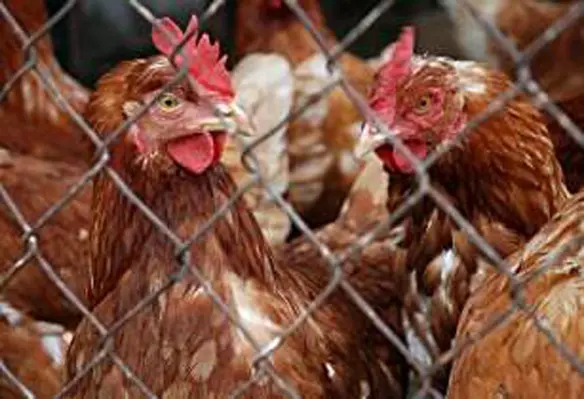ASEAN member nations in collaboration with the Food and Agriculture Organization (FAO) are finalising a strategic plan of action for the livestock sector from 2016 to 2020
Development of livestock is a major priority for FAO, which anticipates that most of the ASEAN nations will graduate to ‘Middle Income Status’ in the next decade. This means the demand for meat, milk and eggs will rapidly increase, said FAO assistant director-general and regional representative Hiroyuki Konuma.
With an anticipated growth in demand for poultry and meat products pegged at 40 per cent, ASEAN countries are seeking to harmonise inter and intra-ASEAN trade policies as well as regulatory frameworks for the livestock sector.
However, Konuma noted that there are several challenges along the way, mainly the impact of climate change on livestock production. “Most recent predictions are that after 2030, climate change would likely start to seriously affect our production and though we don’t know by how much, in the worst case, the most critical predictions are that agricultural land may decrease 30-40 per cent by 2080,” added Konuma.
If the expert predictions are true, Konuma expects major damage to the agriculture sector and therefore, urged ASEAN countries to prepare adaptive policies and measures.
In addition, the FAO has also stressed on the need to respond to emerging strains of animal diseases such avian flu and foot-and-mouth diseases.
FAO has said that it would support ASEAN countries in promoting its livestock sector – by assisting with managing increasing demand, contributing to improved nutritional status of people, and income and employment generation of small households by linking them to value chains and markets.





